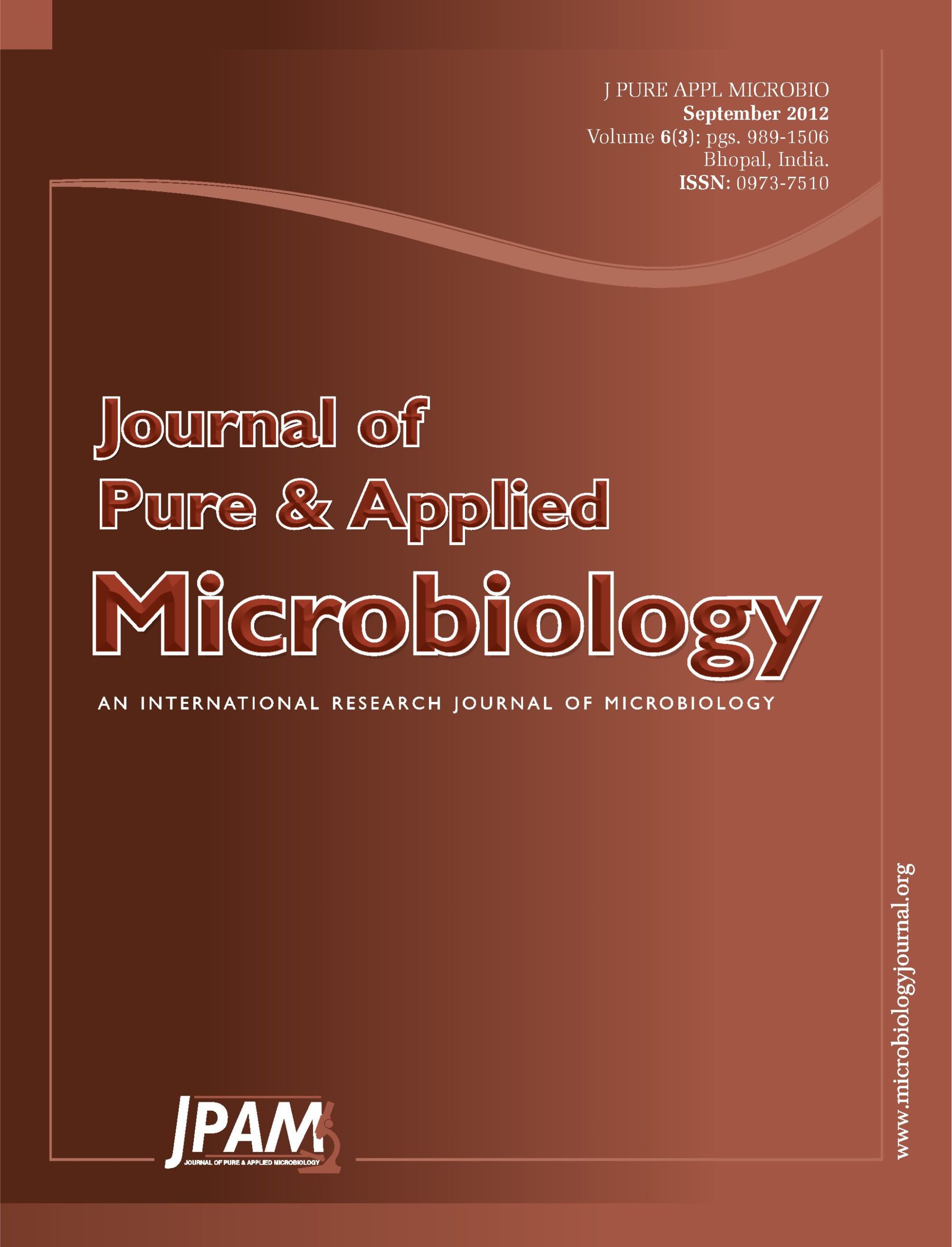In the auditory brainstem response of the patients with profound hearing loss with severe acoustic stimulation, a negative deflection with 3–4 ms latency has been reported, which is named N3 potential or acoustically evoked short latency negative response (ASNR). It is assumed to be a vestibular, and specifically saccular evoked potential. The purpose of the current study was to compare the results of two 500 and 1000 Hz frequencies in ASNR recording, which is a new test for assessing saccular and inferior vestibular nerve. The present cross-sectional study was performed on 20 congenital profoundly hearing-impaired volunteers (age range of 18-40 years old) who were selected by non-probability sampling method from the deaf community in Tehran. All the participants were examined by auditory brainstem response test with 500 and 1000 Hz tone burst and vestibular evoked myogenic potential test. The applied statistical tests included Kolmogorov-Smirnov and paired t tests. There was statistically significant difference between the threshold and N3 potential latency at the frequencies of 500 and 1000 Hz (p-value=0/037 and P-value=0.050, respectively). No statistically significant difference was found between the response amplitude at these two measured frequencies (P-value=0/901). 500 Hz ASNR was recorded in 33 ears (97.05%) from 34 ears with normal p13 and n23 while this value decreased by 79.41% (27 ears) for 1000 Hz. Despite N3 recording with the frequency of 500 Hz in 7 ears, no response was observed at 1000 Hz. Since ASNR was observed mostly in profoundly hearing impaired ears with normal p13 and n23, it can be concluded that ASNR can be used in cases in which there is no possibility of recording VEMP. Also, the frequency of 500 Hz is more capable in motivating ASNR when compared with 1000 HZ tone burst.
Vestibular Evoked Myogenic Potentials (VEMP), Acoustically Evoked Short Latency Negative Response (ASNR), N3 potential, Congenital Profound Hearing Loss, Tone burst stimulus
© The Author(s) 2012. Open Access. This article is distributed under the terms of the Creative Commons Attribution 4.0 International License which permits unrestricted use, sharing, distribution, and reproduction in any medium, provided you give appropriate credit to the original author(s) and the source, provide a link to the Creative Commons license, and indicate if changes were made.


